Immune Cell Membrane-Coated Nanoparticle Development
InquiryAt CD Formulation, we strive to provide advanced solutions for biomedical research and the pharmaceutical industry. Through our expertise in immune cell membrane-coated nanoparticle (NP) engineering, we are developing a cutting-edge targeted delivery platform. This customizable membrane-cloaking technology shows tremendous potential for improving the precision and efficiency of drug delivery, particularly in immunotherapy applications.
What is Immune Cell Membrane-Coated NP?
By encapsulating therapeutic agents within a core material and then fusing them with immune cell membranes derived from immune cells, such as macrophages or neutrophils, the resulting immune cell membrane-coated nanoparticles possess unique immunological properties.
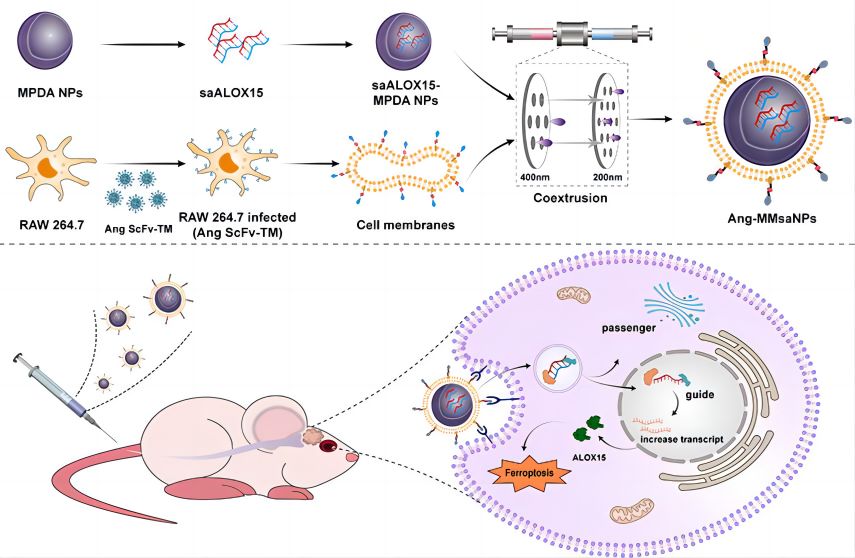 Preparation of macrophage membrane-camouflaged nanoparticles for saRNA delivery and their mechanism of inducing ferroptosis. (Cao Z.; et al. 2023)
Preparation of macrophage membrane-camouflaged nanoparticles for saRNA delivery and their mechanism of inducing ferroptosis. (Cao Z.; et al. 2023)
Which Immune Cells Can We Use to Develop Biomimetic Nanoparticles?
| Types |
Characteristics |
Applications |
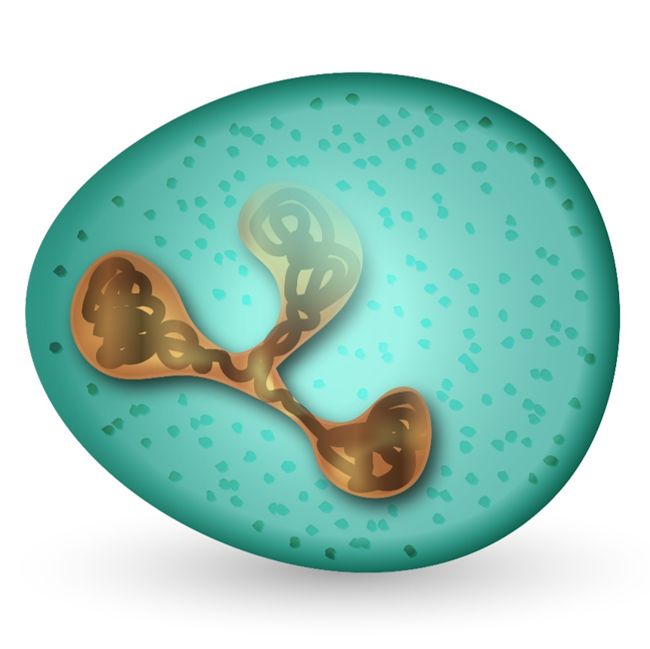 Neutrophil (NE) Neutrophil (NE) |
- NEs have phagocytosis, chemotaxis and bactericidal effects, and inflammatory factors will enhance the tropism of NEs.
- NEs also have the natural ability to penetrate the BBB and blood tumor barrier (BTB).
|
- Targeted drug delivery for brain diseases
- Targeted drug delivery for malignant tumors
|
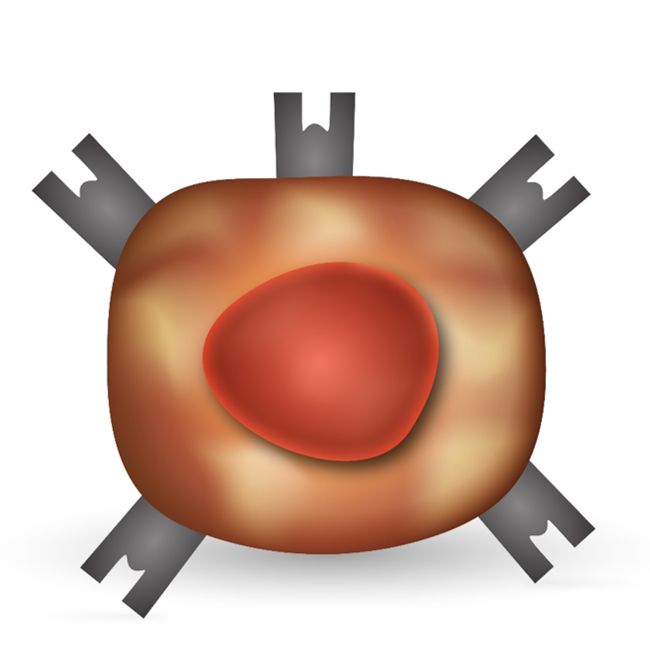 Macrophage Macrophage |
- Expression of cell surface markers that facilitate migration to sites of inflammation or injury.
- Phagocytic ability to engulf pathogens and cellular debris through receptor-mediated mechanisms.
|
- Controlled release in response to tumor microenvironmental stimuli
- Anti-inflammatory drug delivery
|
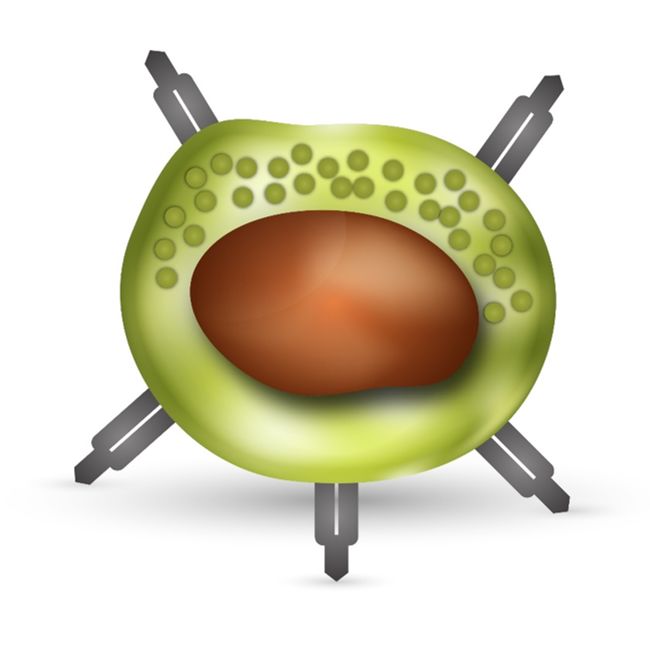 T Cell T Cell |
- Ability to differentiate into effector T cell subsets like CD4+ T helper cells and CD8+ cytotoxic T cells with distinct functions.
- Targeted migration towards lymph nodes and sites of infection or injury guided by chemokine receptors and adhesion molecules.
|
- Long-term killing of cancer cells
- Enriched with lymph nodes and diseased tissues
|
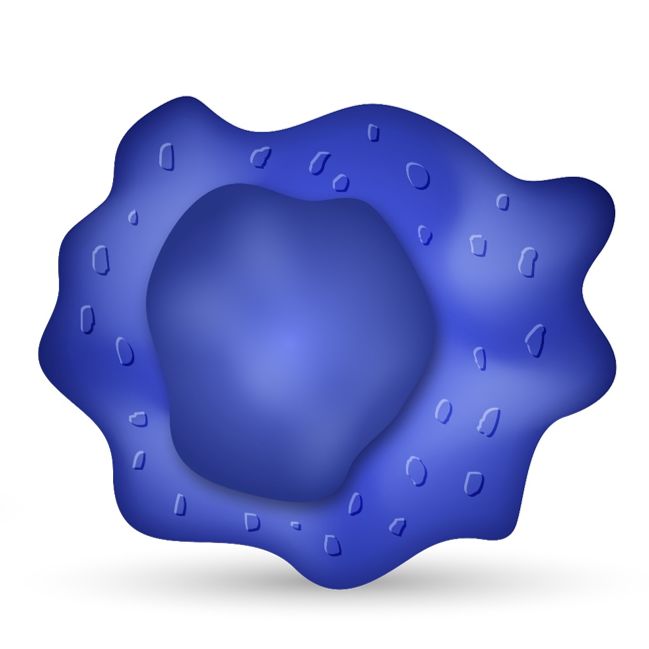 Natural Killer (NK) Cell Natural Killer (NK) Cell |
- The ability to directly target tumor cells through its cell surface activating receptors, killing tumor cells without prior sensitization.
- Potent cytotoxic ability to induce apoptosis of target cells through the release of cytolytic granules and death ligands.
|
- Tumor targeted chemotherapy
- Virus-infected cells treatment
|
How Do We Develop Immune Cell Membrane-Coated NPs?
-
Cell Isolation
The desired immune cell type (e.g. macrophage, NK cell, T cell) is isolated from blood or tissue samples using appropriate separation techniques.
-
Membrane Extraction
Gentle methods like nitrogen cavitation or mechanical disruption are used to extract cell membranes while retaining membrane proteins/receptors.
-
Nanoparticle Synthesis
Biodegradable polymeric nanoparticles are produced using emulsion/solvent diffusion methods and characterized.
-
Drug Loading
Therapeutic agents, nucleic acids or imaging labels are encapsulated inside nanoparticles.
-
Membrane Coating
Isolated immune cell membranes are wrapped around drug-loaded nanoparticles using sonication, microfluidization or electrostatic interactions.
-
Characterization
Particle size, zeta potential, drug content, and membrane coating are analyzed using techniques like DLS, SEM, and fluorescence assays.
-
In Vitro Evaluation
Uptake, cytotoxicity and protein interactions are tested in immune and disease cell models.
-
In Vivo Studies
Distribution, biodistribution and therapeutic efficacy are examined in relevant animal models.
-
Optimization
Formulations are tuned for maximum efficacy through adjustment of coating methods, materials and targeting ligands.
Advantages of Immune Cell Membrane-Coated Nanoparticle Development Services
- We use membrane biomimetic technology to reduce the clearance of drug-loaded NPs by immune cells, improve biocompatibility, reduce adverse reactions, and increase the body's acceptance of nanoparticles.
- Through immune cell membranes, we can provide a cloaking-like effect to drug-loaded NPs, extending their circulation time in the blood.
- The retention of membrane receptors and the use of homing tags allow us to precisely target drugs to sites of disease.
- By exploiting the immune system-stimulating properties of immune cell membranes, we can tailor vectors for immunotherapy, vaccine delivery, and targeted therapy applications.
At CD Formulation, our team of scientists has extensive expertise in membrane functionalization, nanotechnology, and immune biology. If your research could benefit from our versatile immune-masked nanoparticle platform, please contact us!
References
- Cao Z.; et al. Biomimetic macrophage membrane-camouflaged nanoparticles induce ferroptosis by promoting mitochondrial damage in glioblastoma. ACS Nano. 2023, available online.
- Oroojalian F.; et al. Immune cell membrane-coated biomimetic nanoparticles for targeted cancer therapy. Small. 2021, 17(12):e2006484.
Related Services



 Preparation of macrophage membrane-camouflaged nanoparticles for saRNA delivery and their mechanism of inducing ferroptosis. (Cao Z.; et al. 2023)
Preparation of macrophage membrane-camouflaged nanoparticles for saRNA delivery and their mechanism of inducing ferroptosis. (Cao Z.; et al. 2023) Neutrophil (NE)
Neutrophil (NE) Macrophage
Macrophage T Cell
T Cell Natural Killer (NK) Cell
Natural Killer (NK) Cell